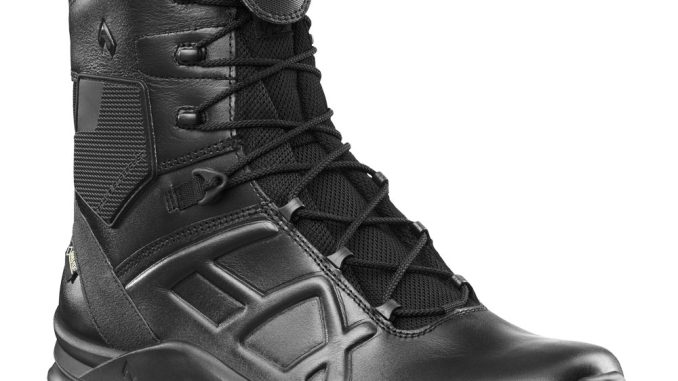
SHAH ALAM: The 10th Para Brigade is getting 500 pairs of airborne jumping boots from a quotation notice published early this month. The contract for the boots was awarded to Insight Atlantic Sdn Bhd with a LOA of RM499,000.
The footwear is likely the Haix Black Athletic 2.1 GTX boot which retails for Euros 169.90 (RM842.21) on Haix UK online shop. Haix is a German boot company which has manufacturing facilities in Croatia and the US.
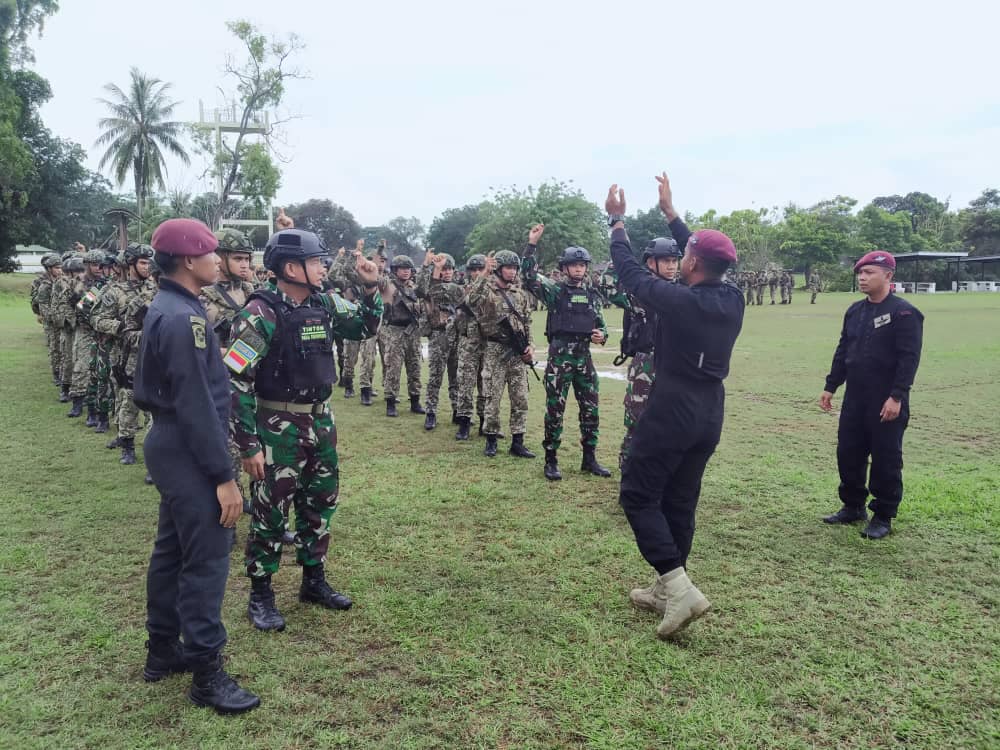
Insight Atlantic was awarded the contract to supply 300 airborne boots for another quotation notice published in September 2022. The LOA for this contract was RM294,000. Another quotation notice was won by Flumen Resources Sdn Bhd in 2020 for 248 boots with an LOA of RM195.920.

Based on the specifications of the three notices, it was clear that the brigade was looking to procure Haix boots as the words and terms used in the documents are the same ones published by the German company in specifying its products.
As the number of boots purchased are small around 1,000 pairs it is clear not all paratroopers will be getting them. That said the latest purchase showed the paras are clearly happy with the boots. Hopefully, money could be found so that all paratroopers could be issued with at least two pairs of the boots for airborne operations.

Do note that the paras also make used of other type of boots – from marching ones to desert tan ones – though their type and make are unknown.
Anyhow, RMAF has issued a tender for the procurement of 38,496 sports shoes for a period of three years. The proposed budget for the tender is RM13.4 million. The specifications did not specify the shoes must be made in Malaysia though unlike the US and UK which specified that the sports shoes contracted must be made in the country.
Both countries chose New Balance to supply the shoes and recently Singapore also contracted the same company to supply them with similar footwear.
The Army and RMN have also issued contracts to local companies to supply them with sport shoes as well though the footwear has seen poor user reviews due to lack of comfort and durability.
It must be noted that local made sport shoes like those manufactured by Bata cost around RM150 to RM189 per pair. International brands like New Balance, Adidas and Nike goes for at least RM300 or more. The other boots story.
— Malaysian Defence
If you like this post, buy me an espresso. Paypal Payment

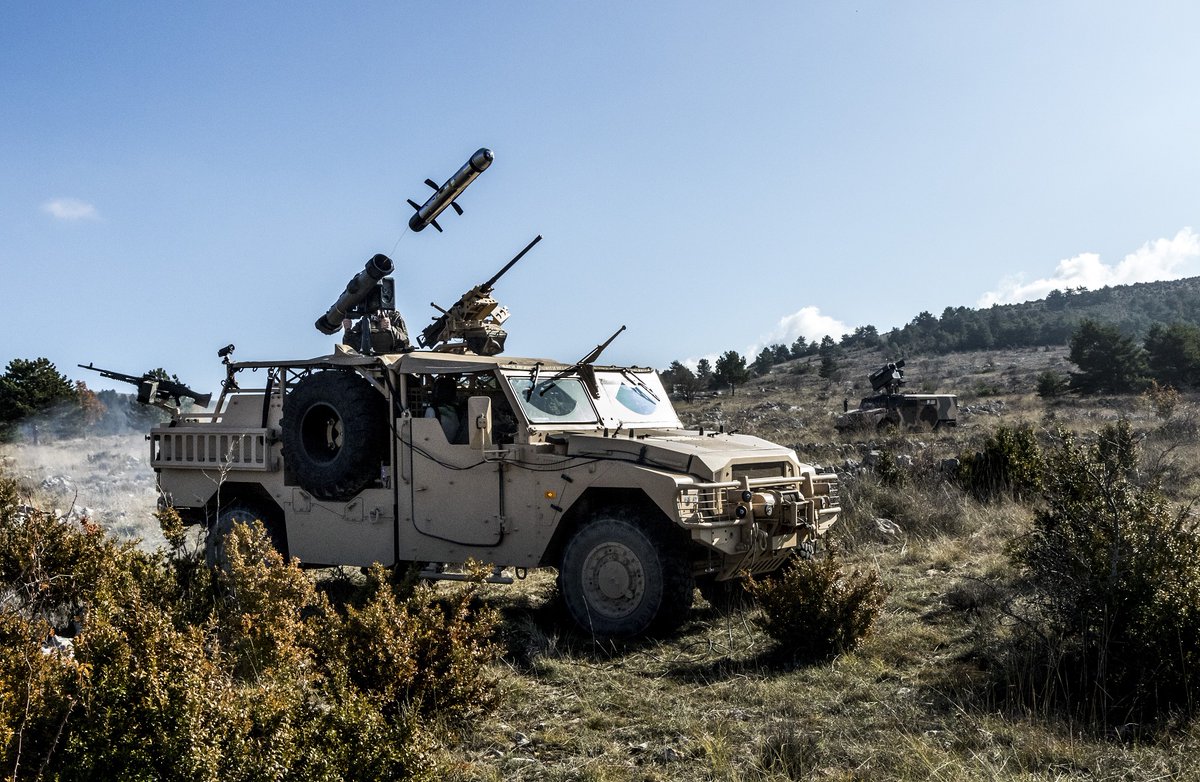
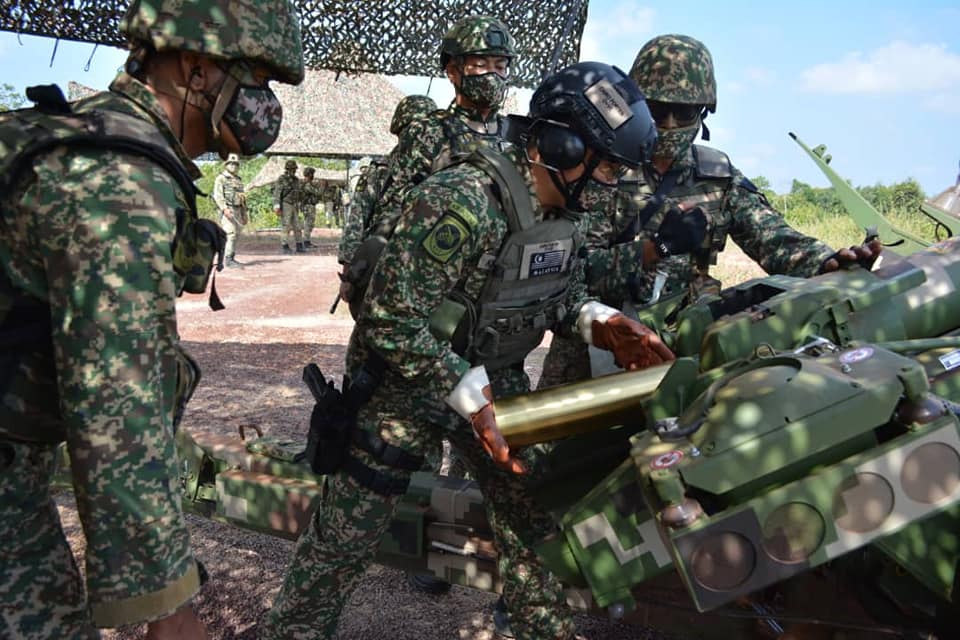
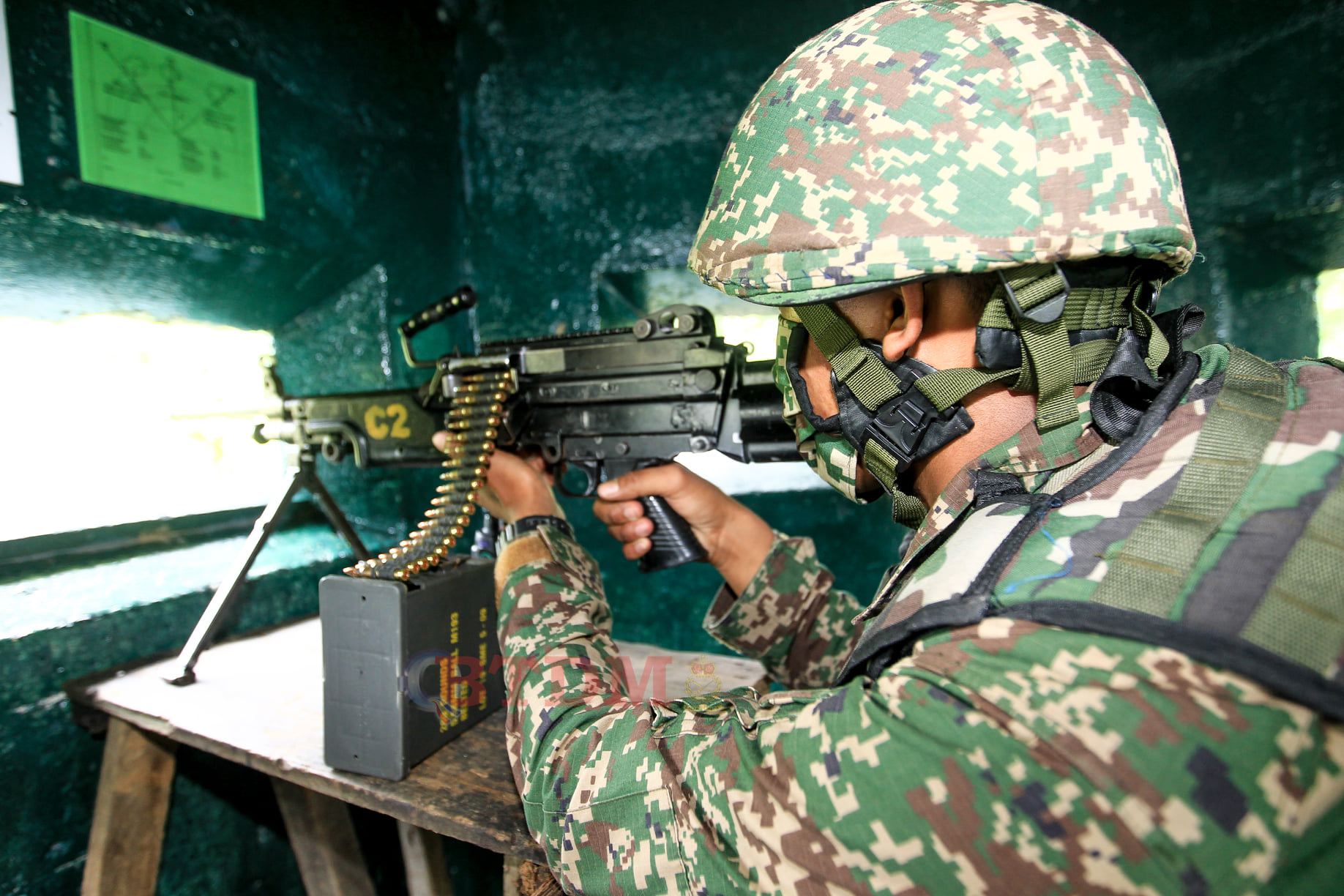
Is it really possible nowadays the notion of flying over enemy territory in slow planes full of elite paratroopers…without suffering a catastrophic outcome?
Same with an amphibious landing with the enemy waiting with atgms
Hasnan – ”Is it really possible nowadays the notion of flying over enemy territory in slow planes”
And for the lightly equipped unit [assuming it lands] to hold out against superior enemy forces before they are reinforced by friendly units [Arnhem, Crete and Hostomel comes to mind]. Another way of looking at it is being ”airborne” provides flexibility to rapidly move men and equipment but this assumes the skies are safe to fly in and that there are enough transports to fly the needed sorties and to keep the troops resupplied. If we look at it realistically and without a fevered mind; greater chance of airborne units being flown to a secured landing site rather than actually conducting a combat jump; unless the situation was a relatively benign; i.e. the French in Mali. A traditional weakness of airborne units is that they’re lightly equipped; have minimal or no organic transport and have minimal logistics. Key exceptions would be the Soviet/Russian and PLA which tend to have heavier firepower and better logistics and organic transport but then these units are intended to operate deep in the enemy’s strategic depth and mover over long distances; unlike Western equivalents.
As it stands airborne units are very resourced intensive [every man has to be para trained and requires several jumps a year to maintain currency – an expensive affair and requires aircraft] and quite a few armies have reduced or done away with airborne units; preferring to have airmobile assault [by rotary platforms] units. A major factor is that there is a lot of elitism, romance and other things associated with airborne units.
Hasnan – ”Same with an amphibious landing with the enemy waiting with atgms”
Almost nobody in this day and age conducts an amphib assault against a defended beach. The idea is to go around or over the defended beach; the days Gallipoli, Tarawa and Inchon are long gone.
operation serval wasn’t even that long ago
dundun – ”operation serval wasn’t even that long ago”
Yes but the point is there was no heavily defended DZ; no enemy air force, etc. I was a benign environment …. Hostomel was last year and was another classic examples of what happens when paratroopers [in this case they were lifted by rotary assets] who are lightly armed meet heavier opposition and can’t be relieved in time.
Notice that Ukraine Air Assault Forces are all elite mechanised or armoured brigades
Parachute capable units are very resource intensive, but that is what the army wants to have and maintain.
Rather than a force that can execute assault landings, it is realistically to be used as a rapidly deployable unit to quickly reinforce existing friendly units at a faraway location.
Improvements that can be done
– organic transport capability so it is possible to land further from the defended objective. Something like the Polaris Dagor that can carry a whole section (8 persons). The Dagor could also be used for fire support vehicle. Or individual vehicles such as foldable electric mountain bikes. No need to buy vehicles to equip all 4 battalions, but to have 1 set of ready to deploy vehicles (probably based in subang) and 1 set for training/exercises.
– having a large dedicated parachute simulator facility. This can reduce the need for actual jumps from aircraft.
https://www.havelsan.com.tr/en/sectors/training-and-simulation/training-complements/products/havelsan-parachute-simulator
– dedicated brigade pathfinder company is understandable, but why the need of a dedicated brigade support company? This task can be rotated among the 4 battalion support companies.
– After having organic transport capability, is there a need to maintain a para trained armored squadron? Current MIFV can be paradropped, but it is not really designed to, unlike some russian and chinese airborne IFV. If we do get the JLTV for the NMLTV requirement, it could also be used to replace the MIFV (as a lighter alternative) in the para armor squadron.
https://www.army.mil/article-amp/218525/soldiers_conduct_airdrop_road_tests_of_new_jltvs
– rebuild of all the supacats.
– BLOS satcom capability with systems such as spectra slingshot
https://www.joint-forces.com/wp-content/uploads/2021/03/SlingShot-BOWMAN-2.jpg
– rifle fire control system to shoot down mini UAVs. At least 1 per section.
https://pictr.com/images/2023/09/26/ECZMFX.jpg
– airdroppable/airtransportable engineering equipments
https://defence-blog.com/tna-air-droppable-bulldozer-for-french-paratroopers/
https://4.bp.blogspot.com/-z6v25mXme-o/W-m4Q6xQiCI/AAAAAAACvxQ/7ocL6uu6Zi4kUdY-KvYmFmyDKVg1_Zn4ACLcBGAs/s1600/blue-flag-2017_42.jpg
– suppressors for all M4, machine guns and sniper rifles.
Not surprised if later the sport shoes will be supplied by a local company called Baru Timbang.
… – ‘Parachute capable units are very resource intensive, but that is what the army wants to have and maintain.”
Of course; in the past we had the ”RMR mafia” now we have the ”Para mafia” many of whom are RMR anyway. Who doesn’t have a penchant for the elitism, mystic and romance associated with being a ”para”. Ask the French; they’ve long romanticised the ”para” thing; have songs and movies about it.
… – ” is there a need to maintain a para trained armored squadron? Current MIFV can be paradropped, but it is not really designed to, unlike some russian and chinese airborne IFV. ”
My opinion is no and it has zero about whether it can or can’t be airdropped [even assuming the needed lift assets are there]. The VDV has IFVs because it’s intended to operate deep in the enemy’s operational depth over long distances and it has the airlift. Chinese airborne units have IFVs to support ops in Taiwan and the Tibetan plateau. What the unit needs is a platform which has a lighter/smaller footprint [yes, yes, yes, I know you’ve got a thing for the JLTV or Dragor] to equip Pathfinder/recce elements.
On paper there’s a lot which can be done and one can post all the links one wants but in actual reality will it be done? We’re running on a shoe string budget as it is and we can’t even afford to equip our elite units they we we’d want or the way they should be equipped.
As it stands the main limitation of airborne units is that they have limited firepower; logistics and organic transport [ask the French at Den Ben Phu; the Russians at Hostomel and the Brits at Arnhem – numerous historical and recent examples we can refer to]. They are also dependent on the RMAF; sufficient air lift has to be available when needed; not only to deliver the men and stuff but to keep them resupplies.
Also whilst it’s nice to talk about all the sexy stuff; as I remarked many moons ago before we add the sexy stuff improvements have to be made to 10 Para’s HQ, signal, arty, engineer and other elements; as well as organisation.